

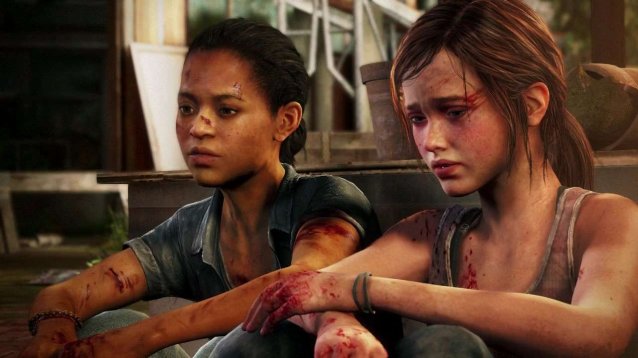
As evidenced in previous articles I’ve written, I’m drawn to video games as a medium for equality, justice and engaged thinking. Because of this it’s impossible for me not to comment on Nintendo’s recent activity.
By now, you’ve likely read about the company’s foot-in-mouth stance on same-sex relationships in Tomodachi Life. If you haven’t, you can find the statement—as well as information about what led to Nintendo’s response—here and here.
But all you really need to know is that Nintendo rejected the inclusion of same-sex marriages in their upcoming North American release, despite fan campaigns requesting the change.
“Nintendo never intended to make any form of social commentary with the launch of Tomodachi Life,” a Nintendo representative told the Associated Press. “The relationship options in the game represent a playful alternate world rather than a real-life simulation. We hope that all of our fans will see that Tomodachi Life was intended to be a whimsical and quirky game, and that we were absolutely not trying to provide social commentary.”
As one would expect, this was met with a host of reactions about the moral and political nature of this statement as well as how it might affect the company financially. It goes without saying that much of the press determined (and, in some cases, demanded) it would be in Nintendo’s best interest to make some hasty changes and apologies.
May 9 brought a tepid apology and flimsy excuse for the decision to implement no changes to the dating portion of the North American version of the game, with a release appearing on Nintendo’s website that stated “…it is not possible for us to change this game’s design, and such a significant development change can’t be accomplished with a post-ship patch.” Nintendo also pledged to offer more varied relationship options in following iterations of Tomodachi Life, though it remains to be seen if the title will garner enough popularity to make good on this promise.
This article is not about the exclusionary practices of Nintendo and Tomodachi Life, however. Instead, it seeks to turn an eye to games that are creating “alternate worlds” without sacrificing equality and ostracizing players—moreover, it’s about why inclusive game design is inherently important to the art form’s growth.
Recent years have brought a number of popular titles that embraced intimate connections and offered a variety of relationship options. BioWare’s Mass Effect and Dragon Age both come to mind with their shared emphasis on forming a base and, within that base, a tight-knit community of individuals.
The games offer rewards for connecting with party members, pushing the player to initiate numerous conversations and earn the trust of their teams. In most cases, the more a specific character trusted your hero, the more likely they were to teach you certain skills or react differently in battle.
There were also cases where trust brought with it the potential for more personal connections. And not just heterosexual connections.
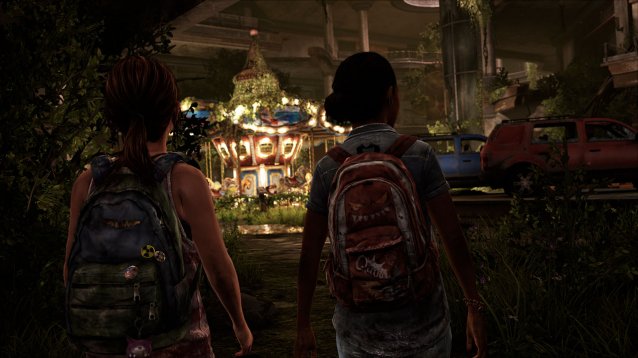
Dragon Age: Origins featured two characters who could become romantically involved with either a male or female protagonist and Mass Effect, which failed to offer this sort of diversity in earlier titles, introduced same-sex romance options in the final installation of the series.
Nintendo might take a cue from these two series, as this doesn’t seem to have harmed either franchise in terms of popularity—both of which received critical acclaim and earned the title of Best RPG in the Spike Video Game Awards during their respective years.
That isn’t saying that Dragon Age and Mass Effect act as perfect examples of the kinds of inclusivity and equal-mindedness games ought to offer, though.
Namely, because these “romance quests” are optional content in both games regardless of how much they enhance the richness and outcome of their stories as well as the potential during battle. That means that most players don’t have to come in contact with any kind of romantic gestures, much less determine their crewmates’ sexual preferences.
Not only that, but in the case of both Dragon Age and Mass Effect the same-sex relationships are with characters who are interested in both male and female characters—they’re never decidedly homosexual.
This is, perhaps, a very non-confrontational way of making all players happy; it’s also very similar to what Nintendo would be doing should they include the option for same-sex partnerships in Tomodachi Life.
But it’s not doing a phenomenal, or especially proactive, job of promoting acceptance, and this is an area where a lot of games fall short: with non-straight characters often appearing as villains like Persona 2: Eternal Punishment’s Jun and Metal Gear Solid 2: Sons of Liberty’s Vamp.
There’s something incredibly insulting about this spectrum in which characters seeking “non-traditional” relationships are hidden behind a player’s own sexual preference or else relegated to less than desirable roles. It’s akin to women being sexualized to the point of mere commodities or men being stripped of any form of understanding or depth in favor of machismo that leaves a foul taste in the mouth.
This sort of treatment is a simplification that offers a false idea of the world—alternate, whimsical or otherwise—and the diverse peoples who populate it. And it’s a trend games need desperately to move away from as developers work to further their craft.
Perhaps the most well-executed, sophisticated and subtle implementation of gay characters and the most heart-felt development of homosexual relationships comes from Naughty Dog’s The Last of Us.
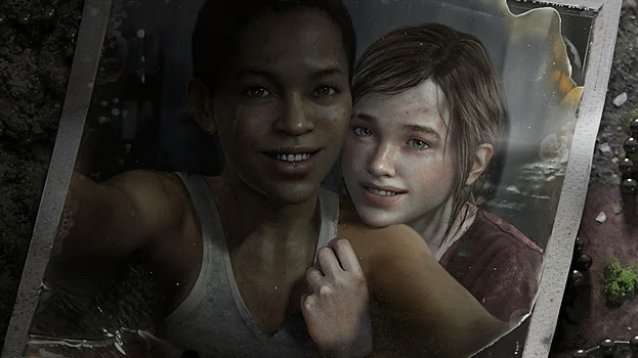
Gamer or not, you’ve heard of The Last of Us. It received IGN’s and The Escapist’s 2013 Game of the Year award and was nominated for and received many other titles. Earlier this year, creative director Neil Druckmann confirmed that there will be a film adaptation produced with the aid of Sam Raimi.
So The Last of Us is a big deal in a lot of ways.
It’s a game that’s received (and continues to receive) a lot of critical attention because of the way Naughty Dog’s team created a haunting atmosphere and infused the plot with very heavy themes ranging from loss to violence to love and what keeps us, as humans, moving forward.
Point blank, The Last of Us is about being human: it’s about being fragile, being torn, being temperamental, being capable of inflicting and witnessing harmful acts.
And, at its very core, The Last of Us is about relationships—both platonic and romantic. The initial floundering and subsequent growth of Joel and Ellie’s father-daughter bond is at the forefront of the game, but we also see hints of a past between Joel and Tess and the lengths brothers will go to in order to help one another no matter their differences or the situation they find themselves in.
We even see heartbreak. A lot of heartbreak.
One such instance takes place outside of the immediate action of the game and is brilliantly discreet. In this case, I’m referring to Bill—Joel’s acquaintance, who lives outside of any quarantine zone, seems to take some joy in building traps, and aids the player and Ellie in procuring a vehicle for their journey.
As with any of the secondary characters in The Last of Us, your time with Bill is fairly limited, but it’s more than long enough to recognize that he’s a hardened and tough individual. He chooses the danger of living, more or less, alone over the confinement of militarized safety.
The player is given the chance to see just how alone Bill is during the game when they stumble across the body of Frank, who had been the only other townsperson in Lincoln and Bill’s partner.
While the game handles the subject delicately both in terms of direction and Joel’s reaction, Bill is notably shaken by the loss of his lover and, should the player choose to deliver to Bill a note from Frank found later on, he is upset to find that their relationship isn’t what he had thought.
The Last of Us doesn’t present a blissful homosexual relationship in this case but, given the tone of the game (in which most relationships seem to crumble under the pressure of a world riddled with infection and violence), this doesn’t detract from the depth of emotion or the importance of depicting Bill’s pain.
If anything, The Last of Us offers an interesting glimpse at the complexity of real-world relationships—and how love is often tinged with hardship—despite being set in, to borrow once more from Nintendo, an “alternate world.”
Bill and Frank are not the only gay couple to feature in the world of The Last of Us either, as DLC released in February, titled Left Behind, puts the player in control of Ellie during two devastating portions of the young girl’s life.
The first takes place immediately after Joel is injured during the events of the main game, and the second shows the player an event that Ellie only briefly discussed near the end of the game: how she was bitten. Both sections occur in a mall and parallel one another as Ellie pushes against the threat and inevitability of loss.
If you haven’t played Left Behind and have somehow avoided having the content spoiled for you, this is where I’d advise you start skimming (but do read the end, as the point made is a necessary one).
Those of you familiar with the DLC know that Left Behind features a slower pace than the main part of the game. It’s about two girls being reunited and getting up to trouble as teenagers do. It’s also about the consequences of that decision.
As the player explores the mall and realizes how disconnected Ellie and Riley are from our world—from a world free of the cordyceps virus—the game’s focus is on illustrating the closeness of the two and how that closeness impacted Ellie in such a way as to make her the heroine we see her as with Joel.
In many ways, I’d argue that Ellie doesn’t make sense without her interactions with and loss of Riley. Left Behind forces the player to see that Ellie does very much understand Joel’s loss of his daughter, why she can be simultaneously goofy and severe, and that her altruistic desire to sacrifice herself isn’t without reason.
Riley brings depth to Ellie in a way that the The Last of Us only hints at—without one girl’s death, the other’s behavior and strength-of-will seems impossible.
And so the driving force of The Last of Us becomes Riley as we watch the two girls play and dance and, finally and surprisingly, kiss. Because that’s what Left Behind is about: an attraction between two girls, the sacrifices that such attractions bring, and the destructive force that is loss.
Anyone who wants to reject the notion of Ellie and Riley as gay should give the moments leading up to the now-controversial kiss another view or read any number of interviews with Druckmann, who has stated that Ellie was conceptualized as gay. Two such interviews, which raise a lot of good points about the nature of the debate over Ellie’s sexuality, can be found here and here.
The emotion in those final scenes between Ellie and Riley is so well acted that Ellie’s question (“Who am I to stop you?”) and Riley’s response (“The one person that can.”) become a living tension given our knowledge of Riley’s impending death. And the countless reactions—of sadness and anger—from players of the DLC validates how well developed the relationship is and how important it is for games to act as windows into these sorts of experiences and romances.
We’re used to empathizing with heterosexual bonds and losses—from Cloud and Aeris in Final Fantasy VII to Otacon and any of his doomed potential lovers in the Metal Gear Solid series—but it’s powerful to see a game create such a poignant same-sex pairing.
Because it requires a heartless sort not to weep for Ellie’s loss the way they wept for Joel as he held his daughter in the first twenty minutes of The Last of Us.
Admittedly, Tomodachi Life is a very different type of game from Dragon Age, Mass Effect or The Last Of Us and there is the very real concern of sexuality as an adult concept. But, when it comes to a game mechanic that requires player choice, it’s important for developers to keep in mind that their audience is a diverse (and, I like to think, a increasingly more mature and accepting) one.
It’s also important for developers, game players and parents to recognize that same-sex relationships are slowly being highlighted by a number of other popular media as well: from television shows like Glee and Modern Family and on.
And, perhaps most importantly, we should all keep in mind that games are alternate worlds. Worlds that shouldn’t necessarily influence the way we act or react in the real world, especially in terms of violence.
But games that want to provoke emotional reactions like empathy and remorse would be better populated by characters of all kinds in terms of race, gender and sexual preference. It’s time for a more equal level of representation.
After all, love and loss and pain are pure and deep and worthy of respect. No matter the situation or parties involved.
Games, which are capable of eliciting profound responses due to their interactive nature, are a good place to demonstrate the diversity and significance of human connections—especially those that are, even in the twenty-first century, pushed to the background.

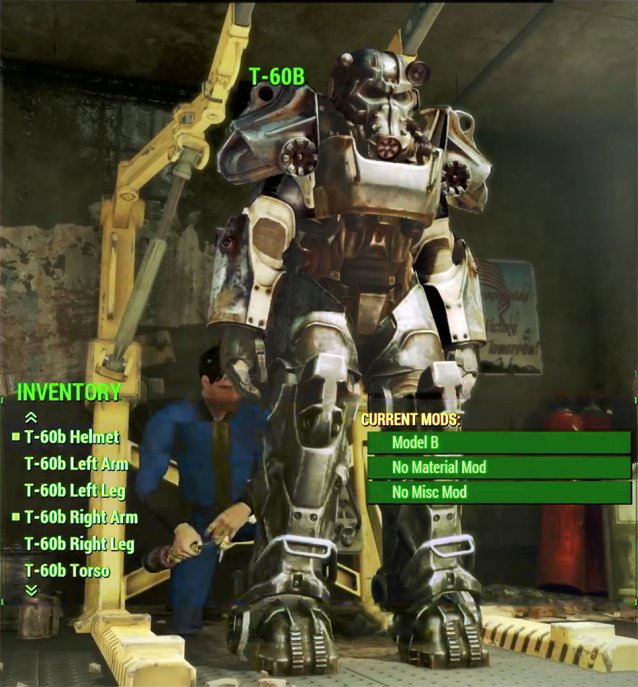
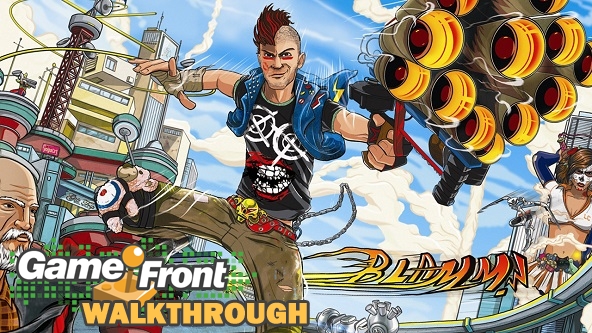
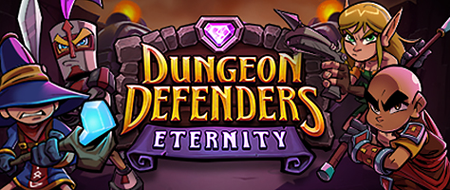
 How to fix Destiny Chicken, Chimpanzee, Wasp, Bee, Catfish Error Codes and more For PlayStation and Xbox
How to fix Destiny Chicken, Chimpanzee, Wasp, Bee, Catfish Error Codes and more For PlayStation and Xbox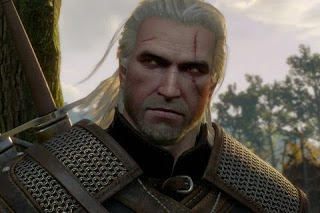 The Witcher 3: Wild Hunt - Gwent Card Locations
The Witcher 3: Wild Hunt - Gwent Card Locations Tomb Raider Achievements and Trophies guide - Part 2
Tomb Raider Achievements and Trophies guide - Part 2 The Last of Us Remastered: Hidden Easter eggs
The Last of Us Remastered: Hidden Easter eggs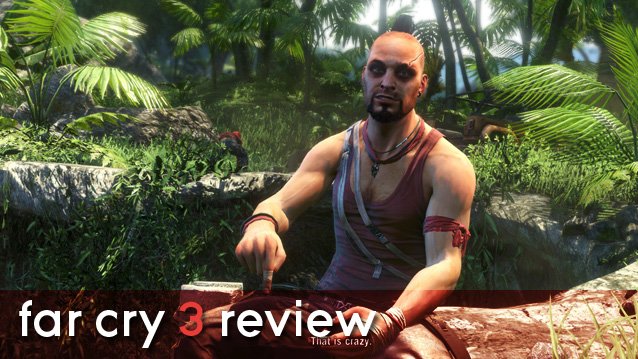 Far Cry 3 Review: A Game of Colonization
Far Cry 3 Review: A Game of Colonization